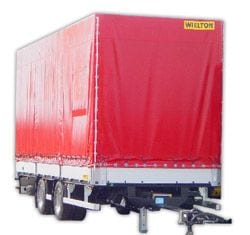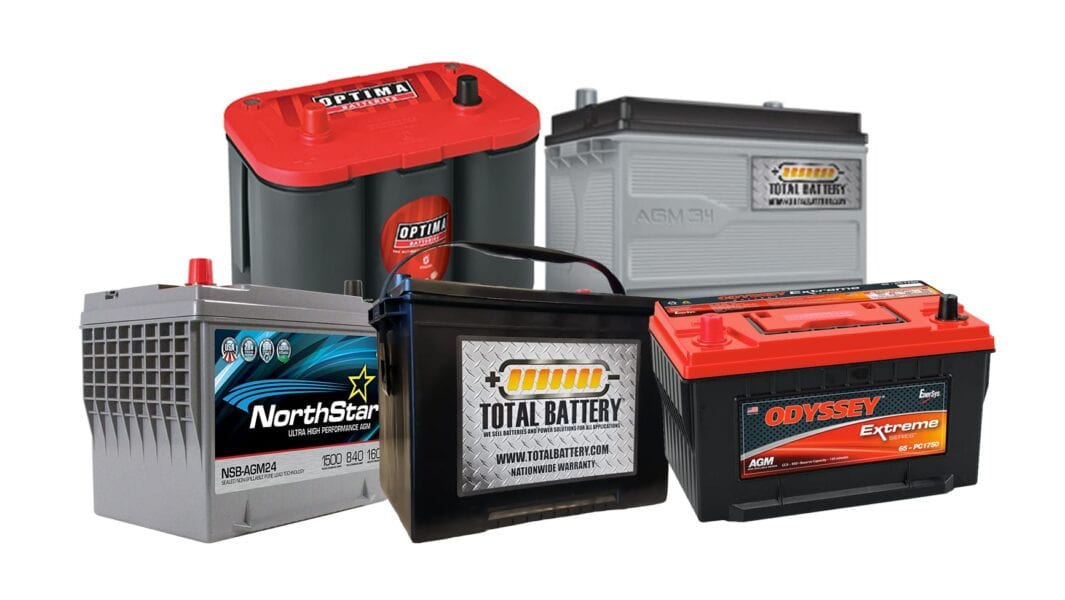
Types of batteries
Content
The battery in your car is needed to start the engine. Its flawless performance also ensures that the car lights are on, windows open and close, wipers are clean, and music will play.
When the engine is running, the battery in your car is always charging. But, like all other parts, the battery also has its own life, and there comes a time when it needs to be replaced.
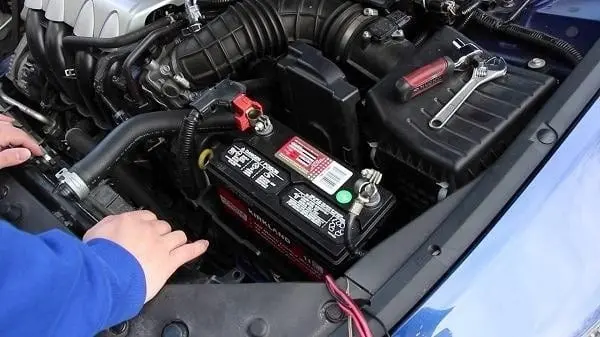
If you intend to replace a car battery, an overview of battery types may be helpful.
Types of car batteries - pros and cons
Wet
Standard wet batteries are designed for:
- Inclusions of a starter;
- Quick start engine;
- Provide power to electrical components while the motor is not running.
They are called wet or flooded because the electrolyte in them freely covers lead plates. Wet batteries are divided into two main types: SLI (starter batteries) and deep cycle.
SLI
The starter battery (SLI) is a typical car battery. It provides short, fast emissions of powerful energy for starting a car engine and starting systems.
SLI Battery Benefits:
- Low price;
- Reliable starting power;
- Relatively long life.
Cons:
- More weight;
- Sensitivity to cold and low temperatures.
Deep cycle batteries
Deep cycle batteries are designed to provide a constant amount of energy over a longer period of time. Such batteries can be repeatedly charged and discharged without damaging or shortening their service life.
They are suitable for powering electronics, motor boats, golf carts and others. They are not very suitable for powering cars.
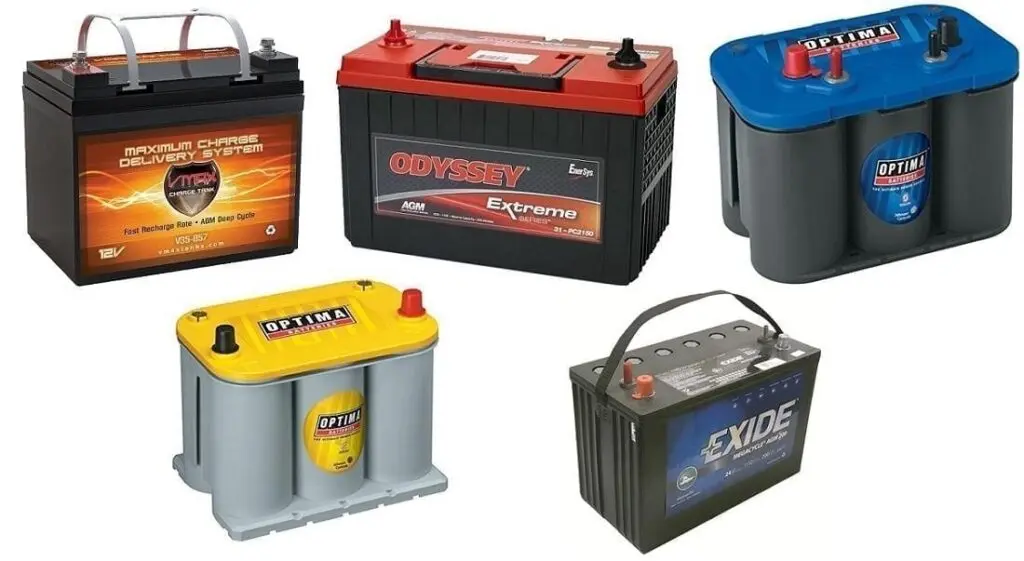
Valve Regulated Lead Acid Batteries (VRLA)
VRLA batteries are designed in such a way that they do not require maintenance and therefore do not require regular addition of water to the battery capacity. Since they do not require maintenance, they are sealed at the factory, which in practice means that they cannot spill if accidentally turned over. However, a factory seal also means that they cannot be serviced and must be replaced with new ones after the end of their life.
VRLA batteries are divided into two main types:
- Absorption Glass Mat (AGM);
- Gel batteries.
Absorption Glass Mat (AGM)
AGM batteries are becoming more and more popular for use in modern vehicles, as the demand for batteries with a higher starting current and reserve capacity has recently increased.
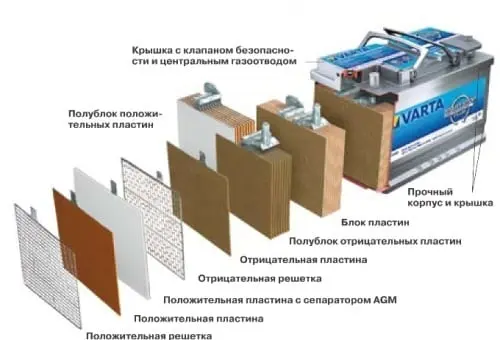
Batteries of this type are very similar in content to wet lead-acid batteries, except that their electrolyte is absorbed and held by glass spacers and cannot freely contact the plates. The AGM does not have excess air, which means that the battery does not need to be serviced and topped up with water.
This type of battery:
- less prone to electrolyte leakage;
- hydrogen emissions of less than 4%;
- Unlike standard types of car batteries, AGM can be discharged almost completely without causing damage.
Pros of AGM batteries:
- Increased capacity;
- Great resistance to cold;
- Water does not evaporate;
- Lower discharge rate;
- No acid fumes are released;
- Work in any conditions;
- No risk of leakage;
- Long service life.
Cons:
- High price;
- They do not tolerate higher temperatures.
Gel battery
Gel batteries have also evolved from standard lead-acid batteries. They consist of lead plates and an electrolyte formed from sulfuric acid and distilled water, similar to standard batteries.
The only difference is that in the gel batteries silicon dioxide is added to the electrolyte and thus a thick gel-like paste is formed.
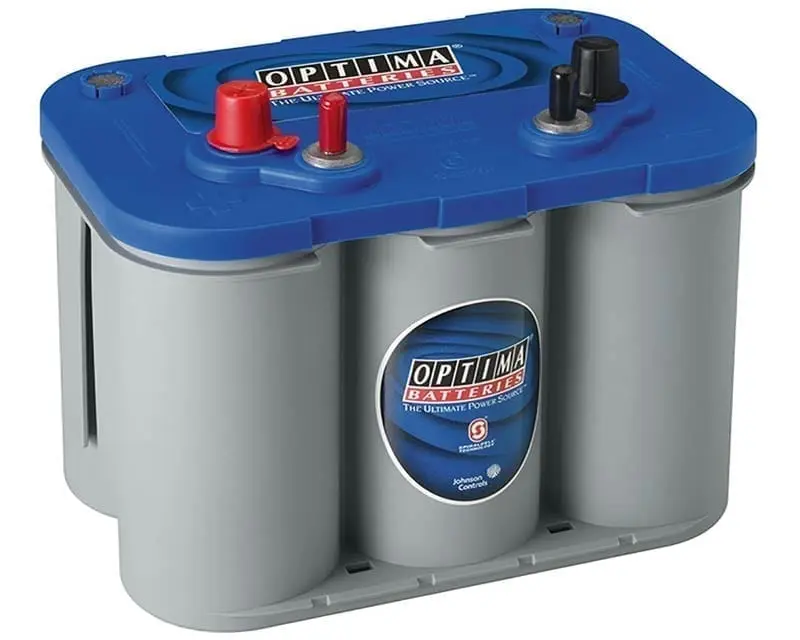
The battery life of gel batteries is much longer compared to standard batteries and AGM batteries, and their self-discharge is much lower.
Advantages of gel batteries:
- Big service life;
- Shock and vibration resistance
- Without loss of electrolyte;
- They do not need maintenance.
Cons:
- High price;
- They do not support fast charging;
- They do not tolerate very low or very high temperatures.
EFB batteries
EFB is a combination of conventional batteries and AGM. The difference between AGM and EFB is that while AGM fiberglass pads are soaked in electrolyte, EFB batteries are not. In the EFB, the liquid electrolyte, together with the plates, is closed in special bags (separate containers) and does not impregnate the fiberglass gaskets.
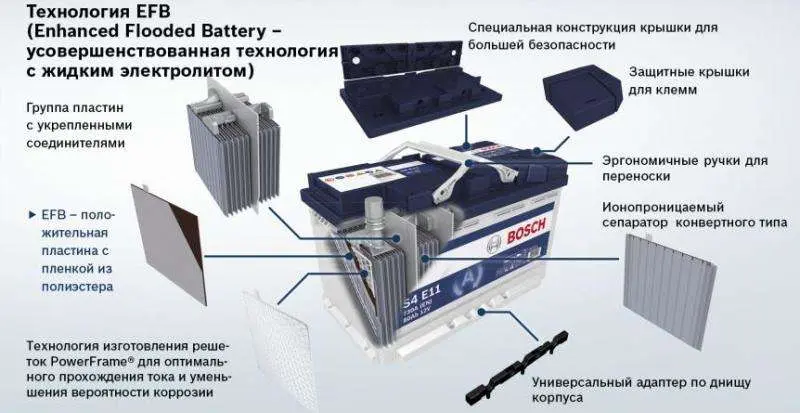
Initially, this type of battery was developed specifically for cars with a start-stop system in which the engine starts automatically. Today, this type of battery is becoming increasingly popular due to its good properties.
Advantages of EFB batteries:
- Resistance to deep discharges;
- Ability to work in a wide temperature range (from -50 to + 60 degrees Celsius);
- Improved starting performance;
- Lower price compared to AGM.
Minus - low power.
Lithium-ion (Li-lon) car batteries
Hybrid and electric cars currently work with such batteries, but they are not used in standard cars. This type of battery can store large amounts of energy.
Unfortunately, they have two significant drawbacks that prevent them from being used in mass vehicles:
- They are much more expensive than all other types of batteries.
- Their service life is not more than 3 years.
How long do car batteries last?
Depending on the type, battery life can vary greatly. Wet lead-acid batteries, for example, are quite sensitive to factors such as overload, deep discharge, fast charging, temperatures below -20 degrees Celsius. It also affects their service life, which is usually 2 to 3 years.
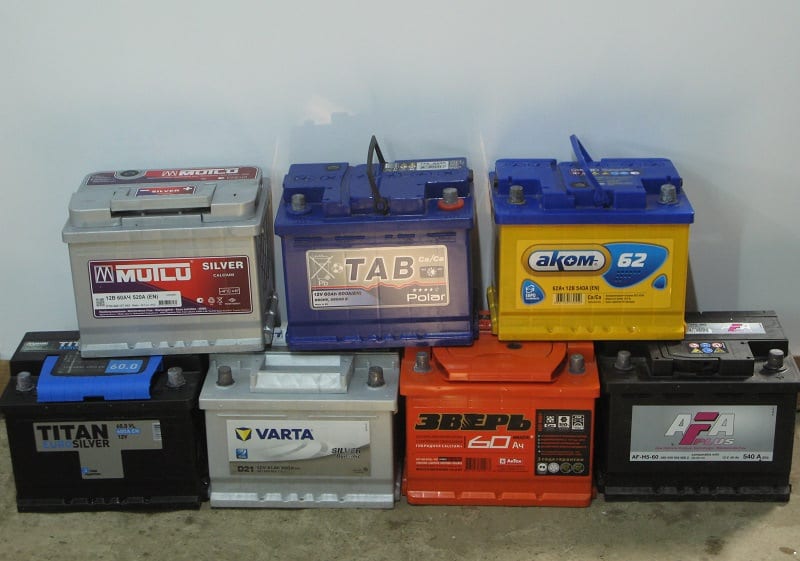
EFB batteries are much more durable than conventional batteries and last from 3 to 6 years. AGM and Gel batteries are at the top of the list for maximum durability. Their life is more than 6 years.
How to choose the right type of battery?
Depending on the make, model and age of the car
Every car owner should know which model, size and type of battery manufacturers recommend. This information is indicated in the instruction manual. If the car was bought in the secondary market, then the exact information can be found on the manufacturer's website.
As for the age of the car, this factor can also play an important role when choosing a battery. For example, if your car is old enough, it will require more energy to run it. In this case, experts recommend buying a slightly more powerful battery than the original.
Depending on the climate in which the car is operated
Some types of batteries are more resistant to cold, while others are more resistant to high temperatures. For example, if the car drives in Canada or Alaska, conventional lead-acid batteries will be ineffective, simply because they cannot handle the low temperatures in these areas. In other words, if you live in areas where temperatures are well below zero, AGM and gel are the best options for you.
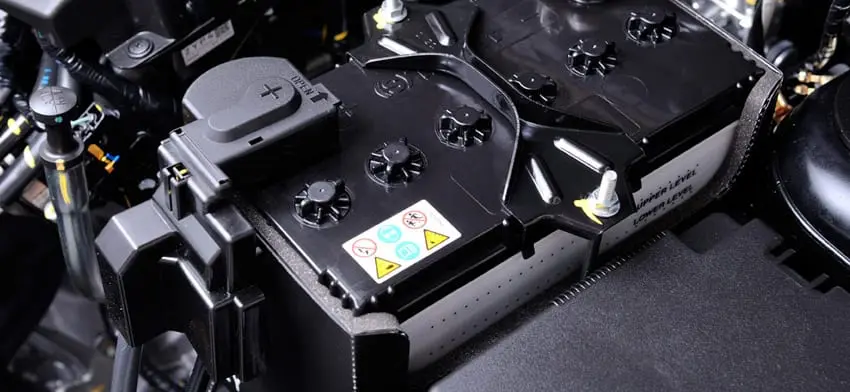
And vice versa. If you live in an area where the temperature in summer reaches 40-50 degrees Celsius, AGM and Gel batteries are not a good option because they do not withstand high temperatures. In this case, ordinary batteries will be very useful for you.
Depending on how long you plan to use the machine
If you don't plan on selling your car for at least a few more years, your best bet is to invest in expensive but more reliable battery types like AGM and GEL. But if you plan to sell it, then standard wet batteries are the best choice.
Questions and answers:
What types of battery are there? There are alkaline, lithium-ion, lithium-polymer, helium, lead-acid, nickel-metal-hybrid types of batteries. Mainly lead acid is used in cars.
How to determine the type of battery? To indicate the type of battery on the device case, the manufacturer applies a special marking: Sn (antimony), Ca-Ca (calcium), GEL (gel), etc.
What is the best battery for a car? Cheaper on sale and not as whimsical in terms of charging are lead-acid. But they are serviced (you need to monitor the electrolyte level). The key parameters are inrush current and ampere-hours (capacity).
